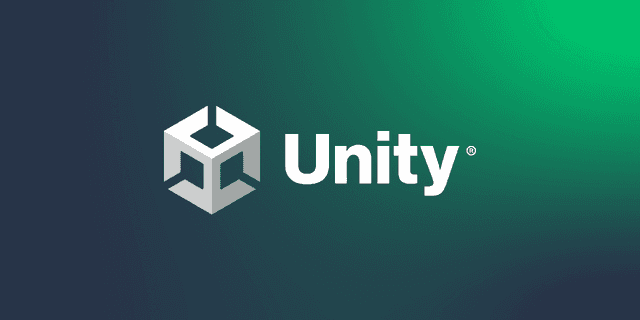Web Design
Web design, focuses on the development of the appearance and the experience offered by websites. It involves a process concentrated on user interface (UI) and user experience (UX) design.
What is Web Design?
As the name implies, web design is the work conducted on the design of all the visuals that come to the user's screen along with the interfaces of websites. The web design process includes graphic design, user interface design (UI design), user experience design (UX design), and search engine optimization (SEO) efforts. Web design works on the appearance of websites, page layout, and content, especially visual content.
Today, websites are at the center of the digital assets owned by personal and corporate identities. Especially for corporate structures, having a website is essential. The website serves as the main center of communication with people in the digital world and reflects the brand identity. Therefore, the design of the website and the impression it provides to visitors are extremely important in terms of brand value. The created website must be visually satisfying while also providing a good experience to the user. Web design is the effort made to make this possible.
What Does Web Design Involve?
There are certain elements that designers need to focus on during the web design process. Let's take a closer look at topics such as page layout, color selection, design style, and user experience that need to be addressed during the design process.
Adaptive and Responsive Web Design
In the past, websites were designed to work only on desktop computers, but today, websites can be viewed on devices of different sizes such as mobile phones, tablets, and even televisions. In the web design process, designs and user experiences that will display best on all these devices need to be created.
Multiple designs can be prepared according to specific screen sizes to create adaptive designs. For instance, a website can offer a different design for those accessing from a computer and another for those from a phone. Alternatively, responsive website designs can be preferred, where the design automatically scales percentage-wise according to the screen size.
Page Layout
Web pages contain different page components like text, visual content, menus, and buttons. The placement of all these elements on the screen must be carefully determined. It should be established how the layout will change on different screen sizes.
Visuals
The design and placement of visuals, which are part of the content, are important in attracting user interest. If visuals using brand-identity reflecting colors or styles are to be used, their rules should be established. If product visuals are included, features like backgrounds and lighting should be planned in advance for consistency.
Color Selection
At the beginning of the web design process, the color scheme to be used throughout the site should be determined to match the brand identity.
Typography
Typography refers to the type and style of text content on the website. Fonts, sizes, and colors should be selected with care to ensure they are cohesive with the overall design and are readable.
User Experience
User experience is also a part of the web design process. From the moment users enter the website, every action they take is part of their experience. All aspects, from the colors used to text size and page layout, should be planned considering user behavior. The aim should be to design websites that prioritize usability.
What are the Differences Between Web Design and Web Development?
These two frequently confused concepts differ as follows: web design, or web design, works on the appearance and the experience offered by a website, dealing with user interface, user experience, graphics, colors, and typography. Web development, on the other hand, involves writing the code for the website and making the design functional.
Our free courses are waiting for you.
You can discover the courses that suits you, prepared by expert instructor in their fields, and start the courses right away. Start exploring our courses without any time constraints or fees.



